Alois's pantograph inlay experiments
This article also available in German.Hi Matthias,
I became aware of your pantograph from your "Guitar inlay experiments" article with Pat Hawley. I also build arch top guitars in my spare time, so I wanted to try this out.
The first two inlays I cut freehand milled with a Dremel.
My first inlay in a guitar:
The second attempt of my inlays on a "devil's fiddle".
This is a Bavarian rhythm instrument, similar to drums.
Constructing the pantograph
I prepared all the parts and marked the drilling positions.
I first thought of using a compressed air motor because I already knew that my Dremel has some runout. For the compressed air motor, a simple guide arm would have been enough. Nevertheless, I immediately started with the material for a stronger motor mount.

After drilling the parts according to your instructions,
I glued them together.
 I use carbide cutters from Toolstore.de, with a shank diameter of 3.2 mm.
These are the only ones I could find.
The air motor needs cutters with a 3 mm shank, but I could not find any
cutters that size. So I did my first experiments with the Dremel.
The 0.5 mm cutters are available for 6.20 €. For 0.8 mm or larger they only
cost 4 €.
I use carbide cutters from Toolstore.de, with a shank diameter of 3.2 mm.
These are the only ones I could find.
The air motor needs cutters with a 3 mm shank, but I could not find any
cutters that size. So I did my first experiments with the Dremel.
The 0.5 mm cutters are available for 6.20 €. For 0.8 mm or larger they only
cost 4 €.

| I photographed my inlays and used your BIGPRINT program to print them at different contrasts. |
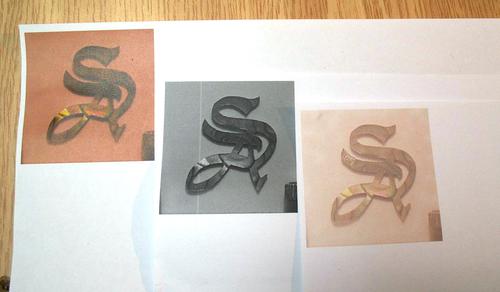
|
 I cut the shape of the Dremel tool into a piece of ash and fitted it into the pantograph link.
I cut the shape of the Dremel tool into a piece of ash and fitted it into the pantograph link.
My first attempt with the Dremel and 0.8 mm diameter cutter. Not bad, but I wanted to do better.. I also had to go over some parts repeatedly to make it fit. I figured I may have distorted the shape by not photographing it exactly straight on.
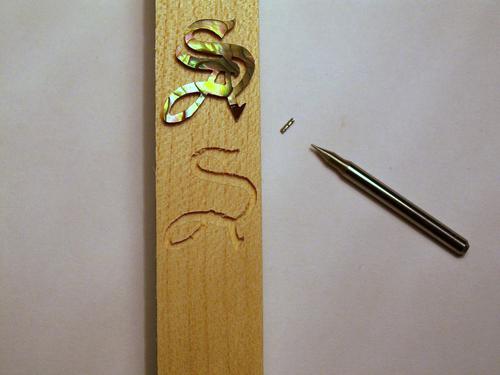
The second experiment with the Dremel and a 0.4 mm diameter cutter.
Unfortunately, I broke the bit in the process, but the result looked
promising. I then measured the runout of my Dremel tool, it was a full
0.2 mm, but that can also be because of my old aluminium collets.
The runout is already 50% of my cutter diameter, which is definitely too much.
I marked where the pin needs to be inserted to avoid the possibility of assembling the pantograph incorrectly.
So I photographed the inlay again, this time from very close and as directly overhead as possible. I used grid paper with 5 mm grids as a background. But with this pattern I still had to make adjustments to get a fit.
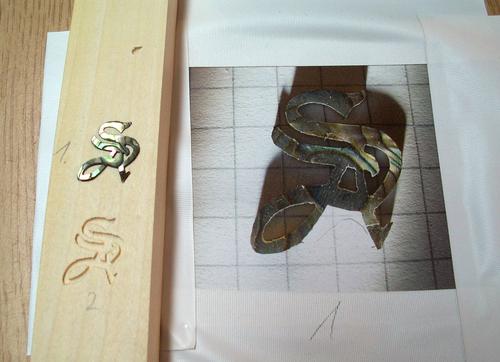
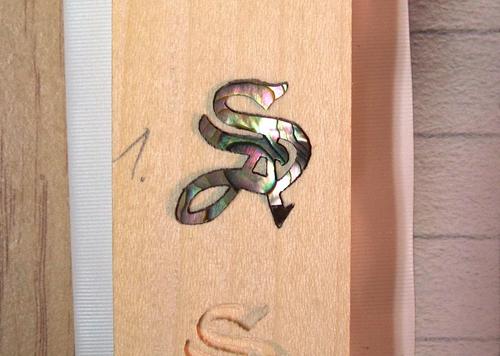
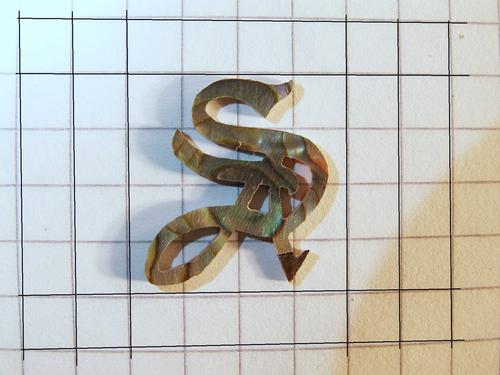
I had made two errors photographing the inlay: First, the camera has some
distortion photographing very closely. You can see the distortion on the curved lines in
picture on the left (the black lines were added on the computer and are straight).
Second, I checked the scale in one direction only, making scale corrections,
but only in one of two directions. I measured a
difference in length of 60.5 mm instead of 60 mm observed.
So I tried it again, photographed from a greater distance and correcting for the scale. This time, I almost didn't need to go over any parts to make it fit. I always cut slightly outside the outline to make it easier to fit the inlay, and the margins can be filled with glue. With my last attempt, I was not as careful as I was with previous experiments. I'm very satisfied with the result and highly recommend this method.
Another option that occurred to me, but too late, is to scan the inlay with a flatbed scanner. This would eliminate camera distortion and perspective errors. Then use your BIGPRINT program as before.
I cut my inlays with a jeweler's saw, from purchased pieces of mother of pearl. I drilled the holes with a small Ø 0.5 mm carbide drill (cost 4.30).
More projects by Alois:
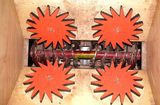 Alois's
Alois's wood briquette press
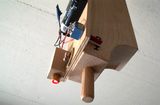 Alois's laser table saw
Alois's laser table saw 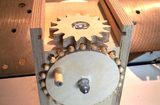 Alois's router lifter
Alois's router lifter 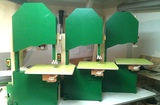 Alois's three bandsaws
Alois's three bandsaws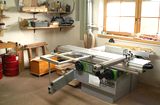 Alois's workshop
Alois's workshop Related articles:
Back to woodgears.ca
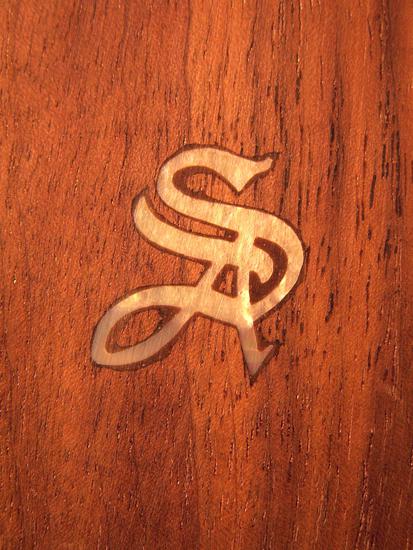
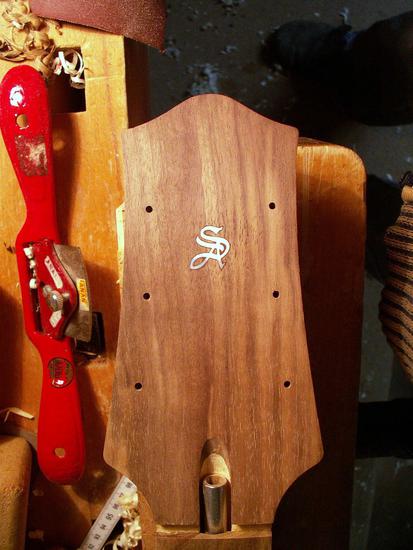
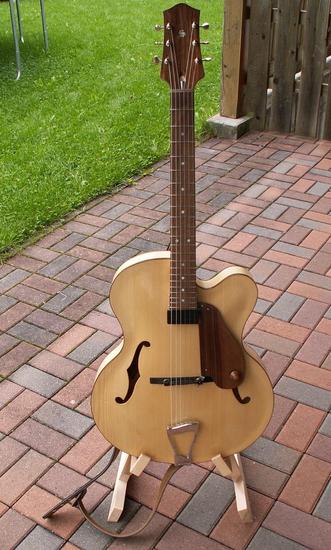

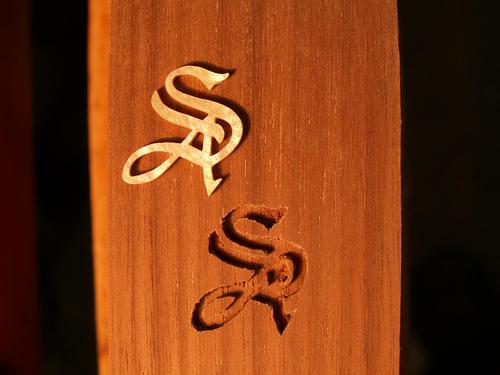
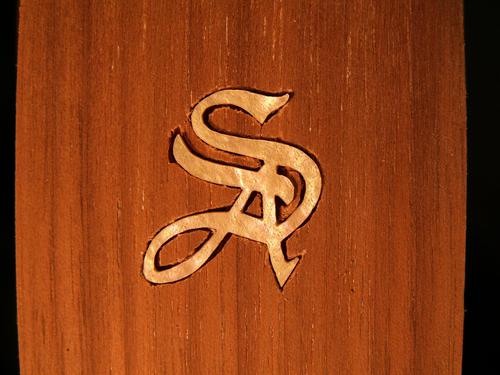
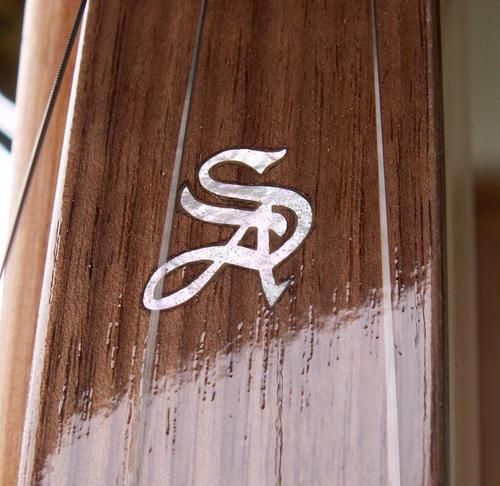



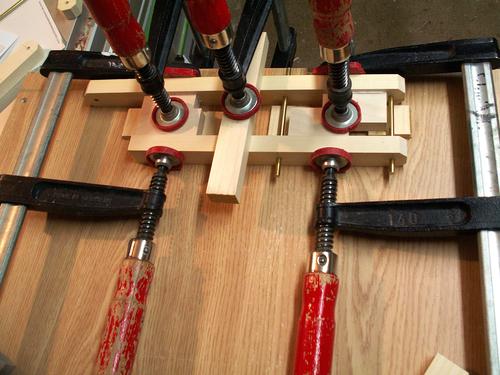
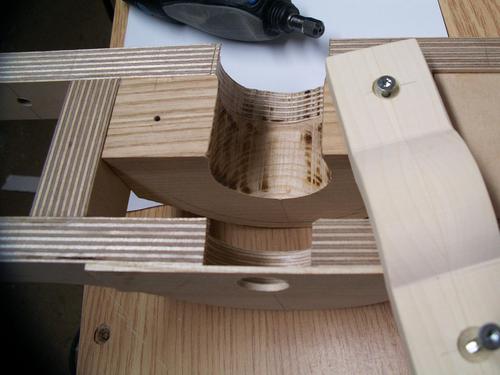
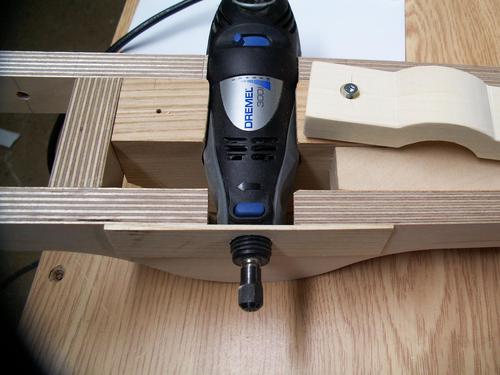


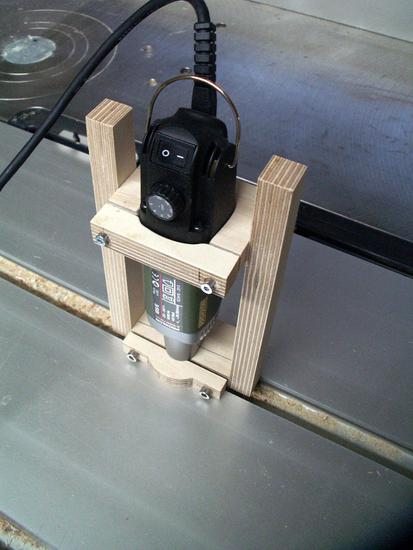
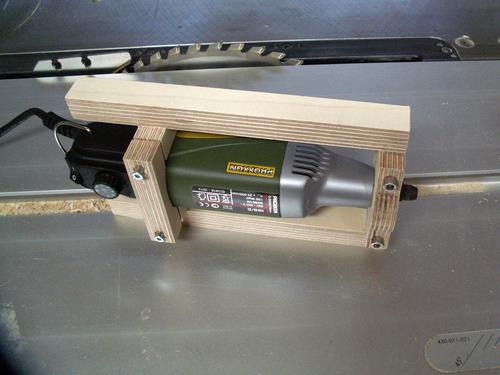
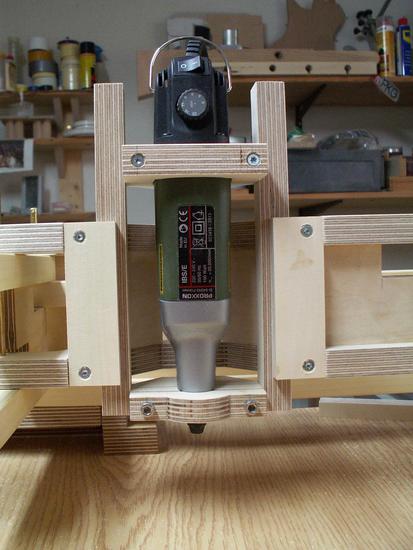
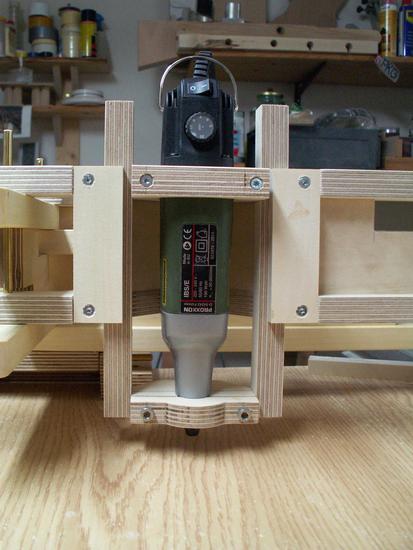
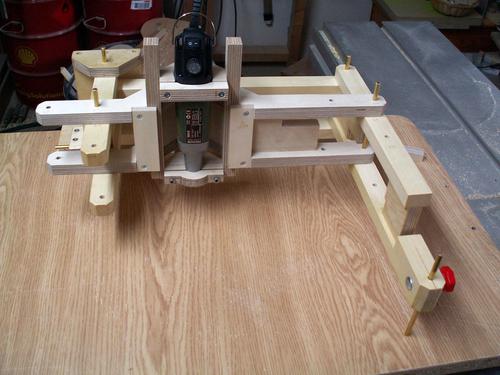
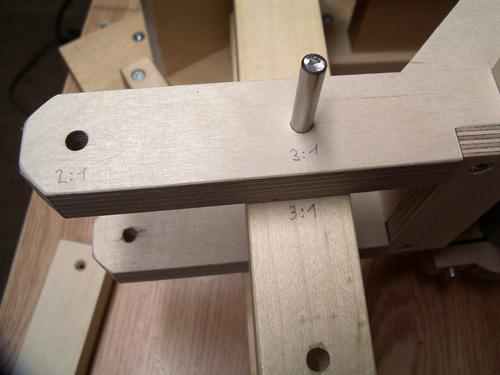
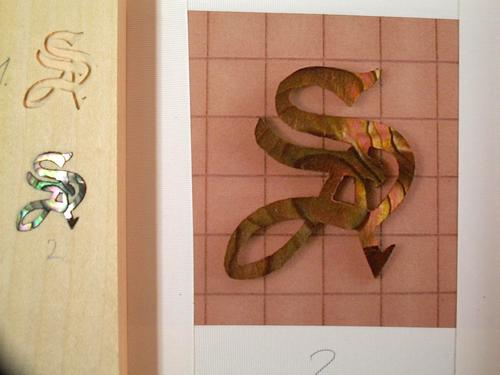
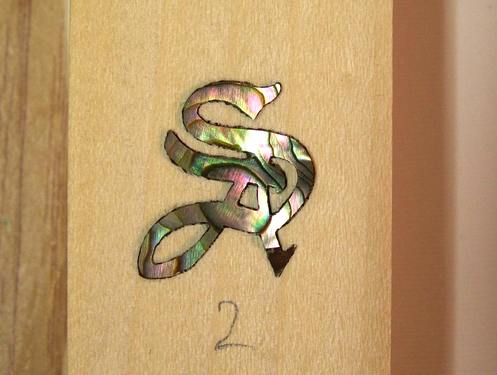
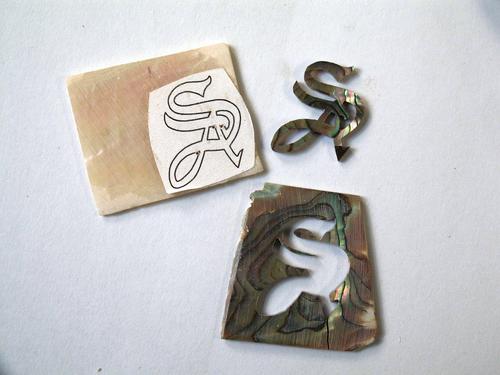
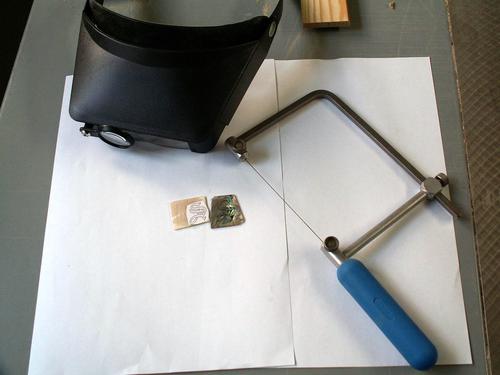
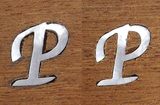 Inlays with the Pantograph
Inlays with the Pantograph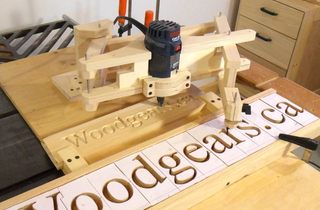 Router Pantograph
Router Pantograph 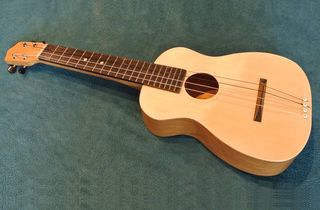 Build a ukulele
Build a ukulele